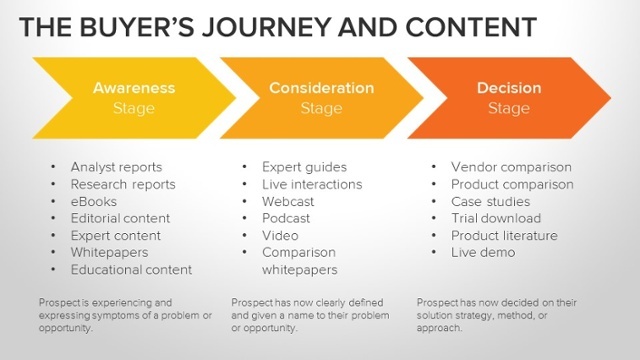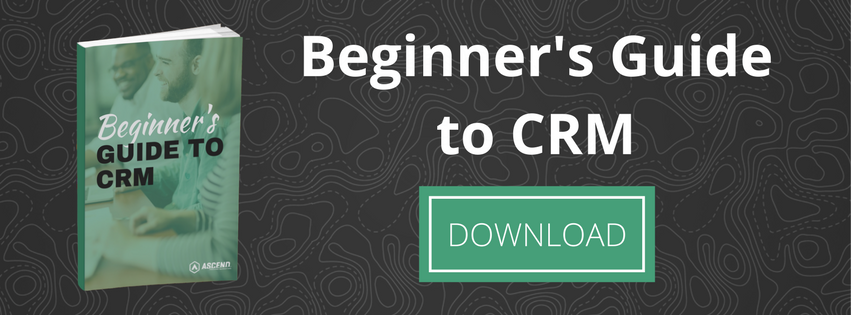How to Get Started with Sales Enablement

Sales isn't what it used to be.
20 years ago, the most successful salespeople were often the most aggressive. Practices like cold-calling and knocking door-to-door were commonplace. Salespeople held the power, too. Let's take auto sales as an example. If you wanted to know the price, features, and upgrades available in a certain vehicle, you had to rely on what the car salesman told you. Today, things are different. Thanks to the Internet, your prospects hold the power. They can use TrueCar to find out what other people paid for the car they want to buy. They can read online reviews to determine if the dealership offers a fair deal and quality vehicles. Furthermore, prospects are able to block, tune out and fast forward through the messages they don't want to see.
Today, the best salespeople look less like this:

and more like this:

Like a doctor, today's best sales professionals focus on identifying the cause of the prospect's pain points and prescribing the best course of action to alleviate that pain.
How can sales people become equipped with the right knowledge to solve their customers' biggest problems? Through sales enablement.
Topo describes sales enablement as the following:
"Sales enablement is the process of providing the sales organization with the information, content, and tools that help sales people sell more effectively. The foundation of sales enablement is to provide sales people with what they need to successfully engage the buyer throughout the buying process."
Here are a few quick ways to get started with sales enablement.
1. Focus on the buyer's journey
To embrace sales enablement, your sales team needs to focus more on what the buyer needs than what you're trying to sell them. Today's buyers don't want to be sold to. They don't want you to cold call them. They don't want to be "prospected" or "demoed." They definitely don't want you to show up at their door. They do want you to understand what they need and to find out how you can help them.
Use HubSpot's buyer's journey framework as a guide:

2. Identify Ways to Personalize Your Sales Experience to Your Buyer
As you can see in the chart above, there's a list of types of content under each stage of the buyer's journey. Use this as a guide for content mapping. Content mapping is the process of aligning your content with each stage of your buyer's journey. Let's use the example of a personal injury lawyer. A prospect for him might be someone who was injured in an auto accident, but they aren't sure if they have a viable case. Here is how content might be mapped for that prospect in each stage of the buyer's journey:
- Awareness Stage: eBook- 3 Questions You Must Ask Yourself to Determine if You Have a Personal Injury Case
- Consideration Stage: LiveChat enabled on website where prospect can ask questions about their case
- Decision Stage: Testimonials booklet, free confidential consultation
To personalize your sales experience, start by identifying your ideal buyer profiles. Your ideal buyer profiles help you determine which prospects are a good fit and which are not.
Resource: Content Mapping for the Buyer's Journey
Resource: Identifying Buyer Profiles
3. Implement the Right Training and Tools
Once you know which buyers you want to reach and the content you plan to use to reach them, it's time to enable your sales team with the training and tools they need.
Here are a few basics your sales team can use to get started with sales enablement:
- HubSpot offers a free course and certification in Inbound Sales
- HubSpot also offers a free CRM your sales team can use to track communications with prospects
- Comprehensive list of 58 sales enablement tools and descriptions from Docurated
Despite the advances in technology and the rise of the Internet, the role of sales is still crucial in an organization. You just have to go about it in a different way. Best of luck on your journey to transforming your sales team!

